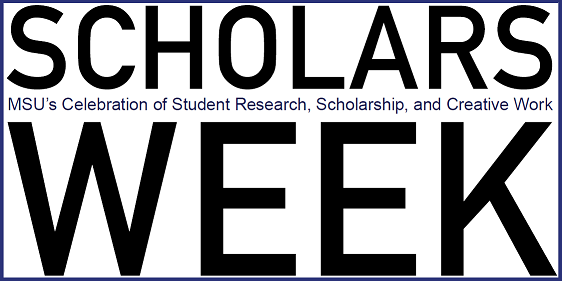
CHFA | English and Philosophy Panel
Unsaid Traumas in White Teeth: Self-Image in Colonialist Centers
Academic Level at Time of Presentation
Senior
Major
Creative Writing
Minor
Humanities
List all Project Mentors & Advisor(s)
Dr. Julie Cyzewski
Presentation Format
Oral Presentation
Abstract/Description
In the practice of post-colonial literature, Zadie Smith’s debut novel, White Teeth, demonstrates how individuals and their families can be torn apart and sewn back together by the repeated racism, othering, and the constraining nature of a multicultural society. This is especially true for Smith's character, Samad, who depends on eurocentric points of view at the "roots" of his trauma. Samad ultimately demonstrates his dependency through an aspect of his identity that he cannot hide: his body. Samad's obsession with proving his worth through his "roots" shows that two sides of him, the british soldier and the Bangladeshi man are on conflicting paths. Samad's disability is also a conflicting point to his self-image. His right arm, the one that is paralyzed, represents his immobility and unimpressive nature in Bangladeshi culture, and his left arm represents an attempt at acceptance into British culture that his morals find impossible to reckon with. Throughout the novel, as demonstrated in this paper, Samad is at war with himself ultimately because of the standards set for him by a ruling class of white superiority.
Fall Scholars Week 2024 Event
English and Philosophy
Unsaid Traumas in White Teeth: Self-Image in Colonialist Centers
In the practice of post-colonial literature, Zadie Smith’s debut novel, White Teeth, demonstrates how individuals and their families can be torn apart and sewn back together by the repeated racism, othering, and the constraining nature of a multicultural society. This is especially true for Smith's character, Samad, who depends on eurocentric points of view at the "roots" of his trauma. Samad ultimately demonstrates his dependency through an aspect of his identity that he cannot hide: his body. Samad's obsession with proving his worth through his "roots" shows that two sides of him, the british soldier and the Bangladeshi man are on conflicting paths. Samad's disability is also a conflicting point to his self-image. His right arm, the one that is paralyzed, represents his immobility and unimpressive nature in Bangladeshi culture, and his left arm represents an attempt at acceptance into British culture that his morals find impossible to reckon with. Throughout the novel, as demonstrated in this paper, Samad is at war with himself ultimately because of the standards set for him by a ruling class of white superiority.

